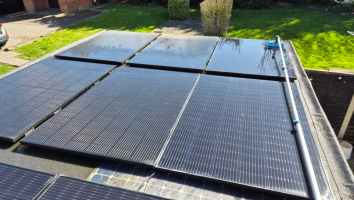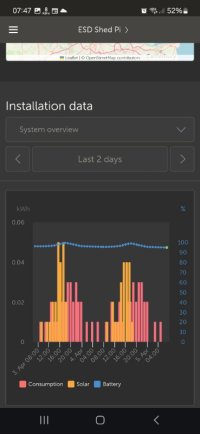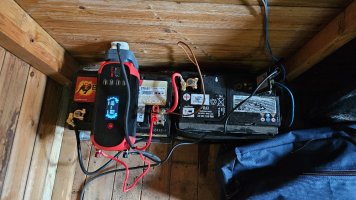Uninterruptible Power Supply - so if the grid supply fails the house battery takes over almost seamlessly. Even if there is a bit of a flicker the core IT already has local higher grade online UPS systems as I rely on them for work.UPS ?
Have you considered V2H in the future in your set-up?
The difference is that the existing IT UPS run off small lead acid SLA and have a runtime of about 20 mins, they give the NAS enough time to shut down safely and keep the internet active during short glitches, which tends to be mostly what happens during storms. The house battery potentially has run times of several hours depending on how much I want to reserve for that.
I would have liked to tinker with V2H or V2G as currently both our vehicles sit on the drive much of the time. However the i3 is ahead of its time in many ways but only did V2H/G as part of some specialised business trials.
I'm still not used to watching the house draw about 10kw at night as the house battery, overnight washing and EV charging kick in on the heavy days...
















